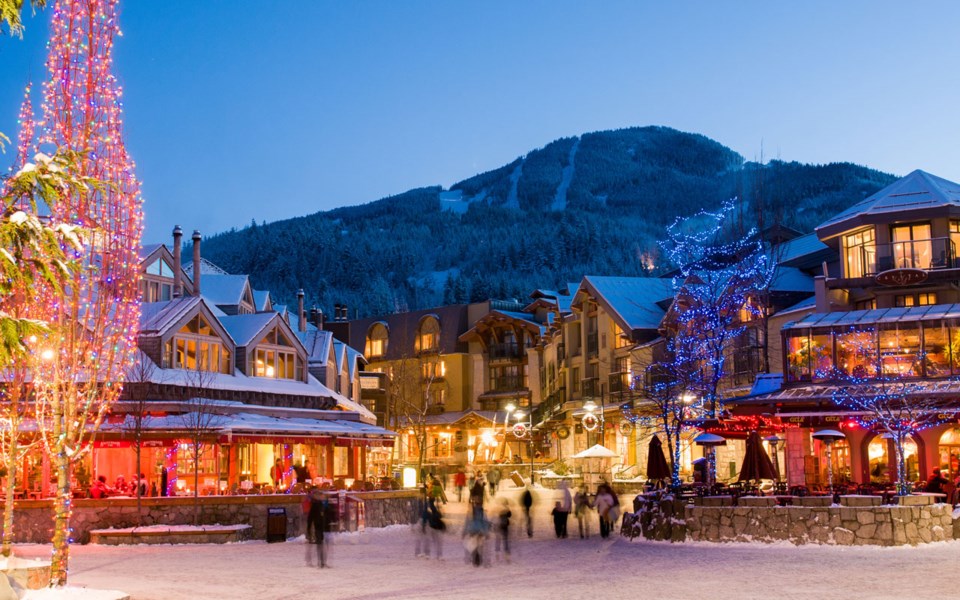A year ago, prior to the onset of the COVID-19 pandemic, there was much work being done at Whistler’s municipal hall concerning the question of overtourism, and what the resort’s true carrying capacity might be.
That work understandably took a backseat as border closures and restrictions on gatherings emptied the resort last spring.
But the pandemic hasn’t negated the need for capacity planning—if anything, it has exacerbated it, according to Toni Metcalf, economic development and tourism recovery manager with the Resort Municipality of Whistler (RMOW).
“I think what COVID has really done is highlighted more clearly some of the challenges that the community faces that maybe were below the surface previously, or maybe not as widely known throughout the community,” Metcalf said, pointing to things like mental health and well-being, the importance of outdoor spaces and supporting local business.
“So I’d say [this work is] even more important now, because of the challenges that have been experienced in the last 12 months or so.”
The work in question is a carrying capacity analysis, and involves pulling data points from all corners of the resort—including bed unit capacity, tourist accommodation and transit usage, wastewater treatment plant levels, Tourism Whistler data and more—to identify correlations and build models of the future.
Some other “key deliverables” of the project, as outlined by Metcalf: to define a base set of metrics; establish a definition of the resort’s comfortable carrying capacity; develop a framework for balancing economic growth with business and community needs; and define tangible metrics and strategic actions in alignment with the community’s vision.
The end result will be a “management tool” to be used by future councils to guide decision making.
With data collection ongoing, scenario planning is still a few months away, Metcalf said, adding that there are a range of scenarios that could be considered.
One example involves considering Whistler at full bed-unit build-out.
“If all of those bed units are developed, what is the implication on capacity across our different infrastructure and amenities?” Metcalf said.
Other possible scenarios include changes to the resident/second-homeowner split, major shifts in the tourism visitor base, or the impacts of climate change, she added.
“We have an amazing group of [Strategic Planning Committee] members who we’ll be asking for input on those different scenarios,” she said. “So it will be a collaborative process to come up with those.”
While visitation to Whistler is still well below pre-pandemic levels, Metcalf said research shows there is pent-up demand for travel and families with expendable cash—which means talk of overtourism may soon return to the resort.
“We won’t be able to solve everything in the short term; there’s going to have to be some longer-term strategies that will need to be implemented to get us to a place that we all want to be,” Metcalf said.
“So I wouldn’t say this is the silver bullet that’s going to solve everything, but certainly it will help to inform, and help council make decisions as time passes.”
In a broader sense, the work is really about helping the community achieve the vision it laid out in its updated Official Community Plan (OCP), Metcalf said.
“When you look at our OCP … and some of the key goals and strategies and ideals and values within that OCP, the idea is that this balance model and the work we’re doing now would be a real, tangible input to achieving and implementing those goals and strategies,” she said. n




